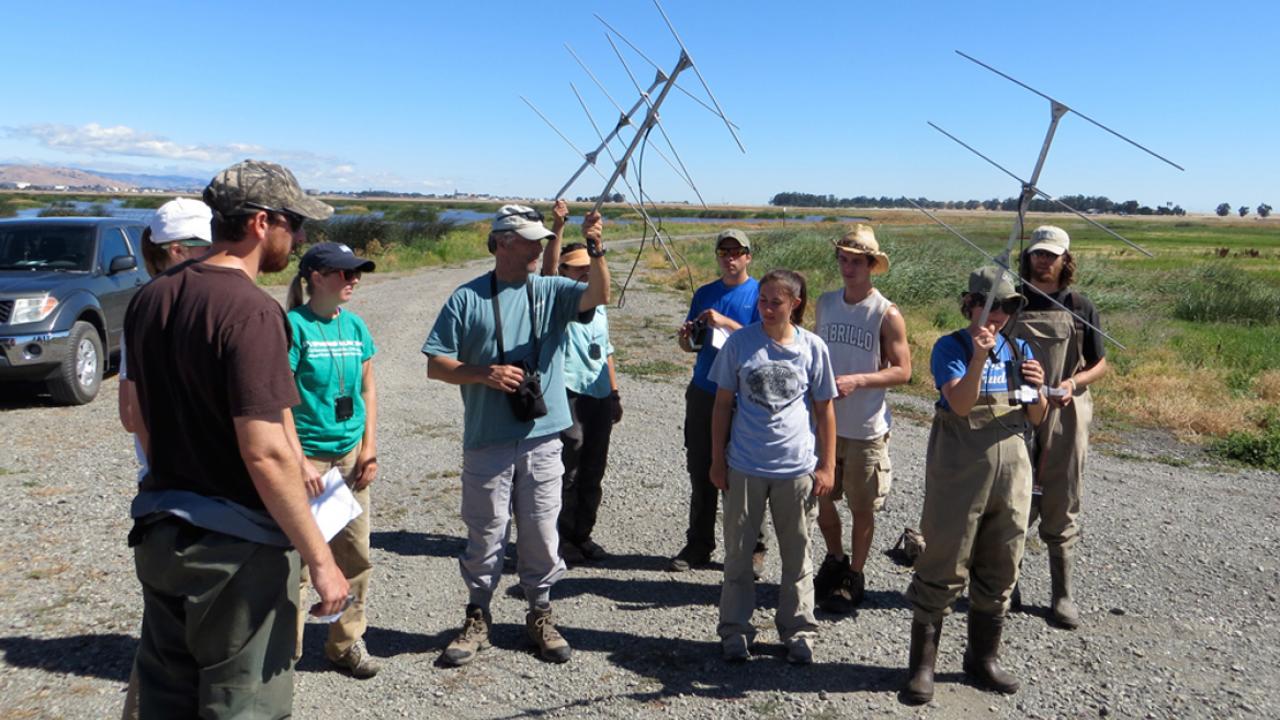
Small department, big impact
Wildlife, Fish and Conservation Biology ranked #1
Faculty in the UC Davis Department of Wildlife, Fish and Conservation Biology were recently ranked No.1 in the nation for research productivity and impact. WFCB emerged with the top ranking in a comprehensive analysis of 33 research-extensive universities in the United States that belong to the National Association of University Fisheries and Wildlife Programs.
“Nine faculty in the department were considered in the analysis, and the department was ranked first among a prestigious group of comparable universities, including Cornell, Purdue, Colorado State, Wisconsin, Georgia, Auburn, Texas A&M, and many others,” said Professor John Eadie, chair of WFCB. “This recognition further reinforces UC Davis’ leading role as a premier institution for research and education in ecology and environmental sciences.”
The results, published in the journal PLOS One, were based on eight standard metrics of scholarly output for 437 tenure-track faculty members, including the number of scientific publications produced and scientific impact as measured by the number of times papers had been cited. The study provides the first and most comprehensive performance benchmark for researchers in the field of wildlife and fisheries. The study notes that UC Davis, in addition to having the best median ranking across the eight metrics, was notable for consistency in ranking and low variation across the metrics, meaning that UC Davis scored consistently high in all performance measures.
UC Davis began offering a major in wildlife and fisheries in the early 1970s at UC Davis, and the division that eventually became the Department of Wildlife, Fish and Conservation Biology was established in 1973. The department currently has eight tenure track faculty, two new incoming professors, as well as nine additional affiliated faculty, including Cooperative Extension, emeriti, and adjunct members.
Research topics in the department are widely varied. A sampling includes:
- California rivers and threatened or endangered fish species
- Combined stressors and biodiversity
- Wetlands, waterfowl, and dealing with drought and habitat change
- New tools to monitor tigers and other elusive wildlife
- Preventing the spread of invasive nonvenomous watersnakes in California
- Pesticide pollutants in national parks
- The role of bats in agricultural pest reduction
- The impact of wild horses on native rangelands
- Putah Creek nesting habitat for songbirds
- California’s new network of marine protected areas
- Brown Pelican breeding failure
- Why is nature so colorful?
- Wildlife monitoring in relation to arctic climate change
- Real-time monitoring of salmon and green sturgeon in the Sacramento River